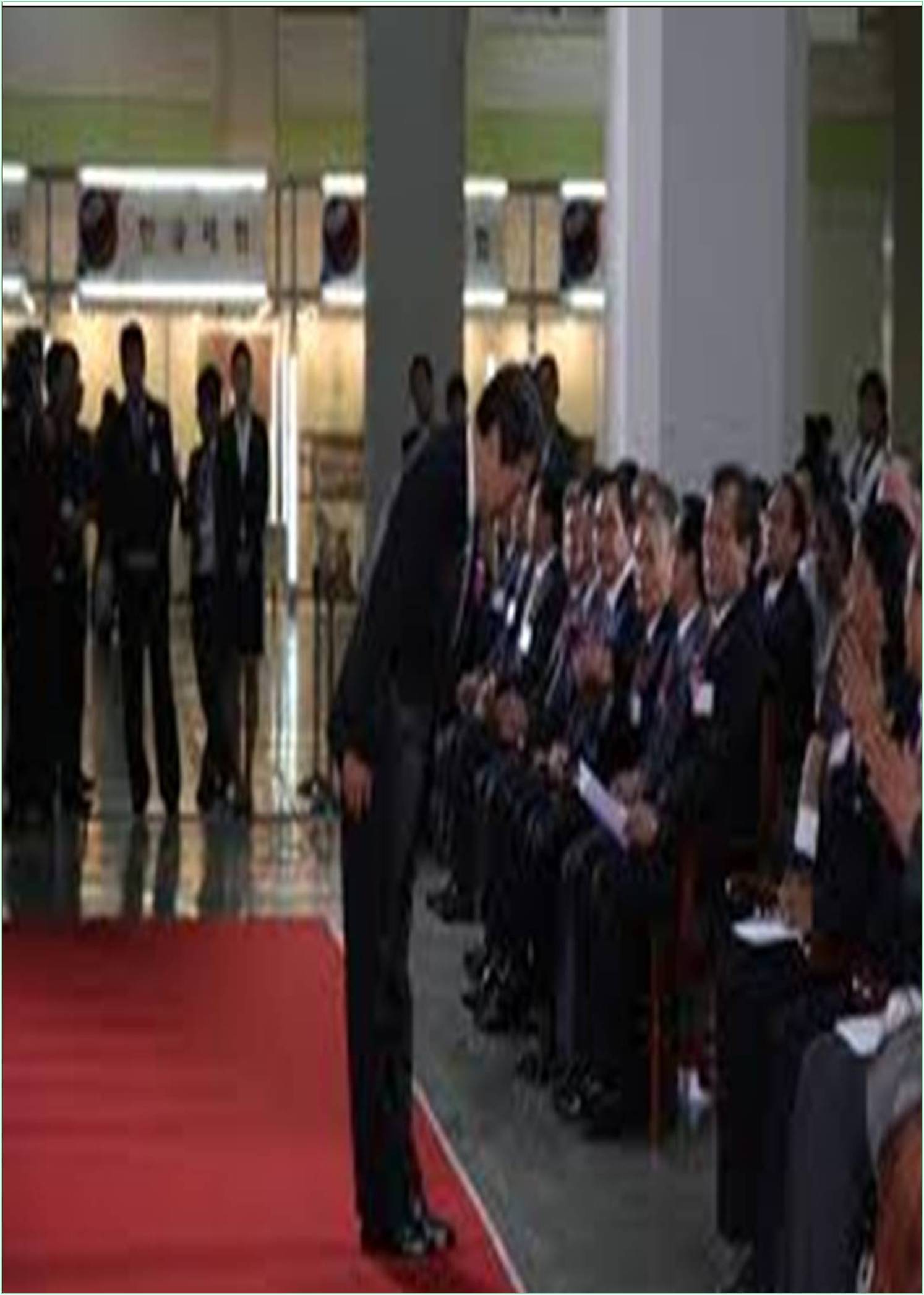



Received: 24-Aug-2022, Manuscript No. JPAPR-22-72846; Editor assigned: 26-Aug-2022, Pre QC No. JPAPR-22-72846 (PQ); Reviewed: 09-Sep-2022, QC No. JPAPR-22-72846; Revised: 10-Jan-2023, Manuscript No. JPAPR-22-72846 (R); Published: 17-Jan-2023, DOI: 10.15651/JPAPR.23.1.016
Governmental entities enact laws, make policies, and allocate resources in any society. This is true at every level. Public policy is a system of laws, regulatory measures, courses of action, and funding priorities concerning a specific topic promulgated by a governmental entity or its representatives. Political science and public administration predate public policy. However, the concept of public policy as an academic pursuit emerged in the late half of the twentieth century, and it has since taken on new dimensions. Since the beginning, researchers and students of both public administration and political science have dominated studies on public policies. To some extent, public administration was preoccupied with the activities of administrative machinery, their structures, and their success in meeting their targets/goals. It hardly recognized the role of organizations in policy formulation as one of its primary concerns. Nonetheless, the policy is a critical component of the administrative process (Borzel TA and Risse T, 2020).
• Public policy is what the government decides or chooses to do, and it is the relationship of government units to the specific field of political environment in a given administrative system (Chen W, 2018).
• Government policies are goal oriented. In order to achieve the government's objectives (Degner H, 2019).
• Public policies are designed with the ultimate benefit of the masses in mind. Developed and implemented.
• These are value laden and emerge as a result of the government's programmes in openly acting.
• Public policy is a pattern or course of action followed by government officials and actors.
• Collectively as opposed to their discrete and segregated decisions.
• Public policy is positive in the sense that it depicts and involves the government's concern and action to a specific problem on which the policy is based. Negatively, it entails governmental actors deciding not to act unilaterally on a specific issue without deliberation (de Vries C, 2017).
• In its positive form, public policy has the action of law and authority behind it, which is why it is referred to as authoritative.
• Public policy is a government choice or decision that guides subsequent actions in similar circumstances.
• Public policy is the result of a well-defined procedure in which power control, gaming, and bargaining concepts play an important role.
Analysts then attempted to explain the deficits. In their search for explanatory factors, they concentrated primarily on the role of public and private actors involved in legislation and implementation (Fabbrini S, 2013). Interests, defense mechanisms, and capacities for innovation and adaptation; in short, they are capable of using policies to their own ends. Thus, the analysts investigated the social reality of policy actors whose behaviour was expected to be predictable and enduringly loyal to the established legal order (Hillion C, 2018).
Public policy is a skill because these tasks require some knowledge of the social sciences, and in this case, the emphasis is on "public policy," also known as "government policy," which is chosen by a government as a "direction for action." From the standpoint of public policies, government actions can be divided into two categories:
• Definite or specific policies.
• General, ambiguous, and inconsistent policies.
In reality, a government will rarely have a fixed set of supervisory values for all of its actions, and significant public policies are frequently made clear specifically where the issue of law, regulation, or strategy is involved (Jones E, 2016). The supreme court can make decisions by applying new interpretations to certain articles of the constitution, which can lead to new policy (Jupille J, 2003).
Public policy encompasses a wide range of actions, including development policy, economic growth, socioeconomic growth, equality, social justice, and any other policy that is accepted by national policy. As a result, a single policy can be observed in various written documents; it may be narrow, covering a specific action, such as family planning, which is reserved to a specific division of the people, or it may be for a broad range of people in the country. For example, the government may accept that no child is an adult unless he attains the age of 16 years (recent amendment). Public policy is commonly defined by policy areas such as health, education, housing, economic, environment, transportation, and social, and it is mostly defined by interdisciplinary and intergovernmental relations.